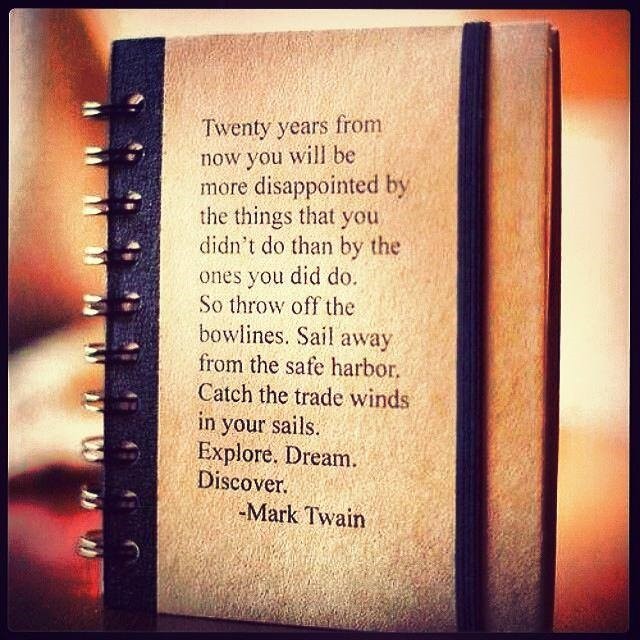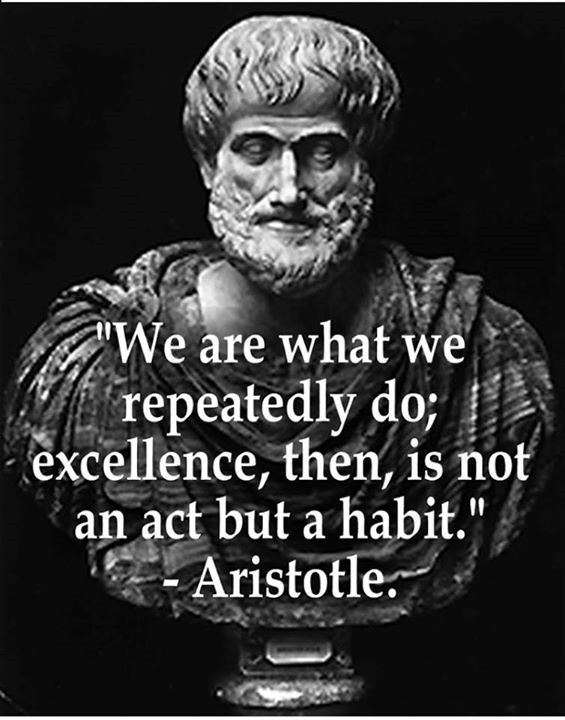Not one stakeholder group left untrashed…
Great Einstein quote – the original definition of insanity presumably:
‘The significant problems we face cannot be solved at the same level of thinking we were at when we created them’
PDF: Braithwaite Delusions of health care JRSM 2014
The medical miracles delusion
Army ants subscribe to a simple rule: follow the ant
in front. If the group gets lost each ant tracks
another, eventually forming a circle. According to
crowd theorist James Surowiecki, one circle 400m
in circumference marched for two days until they
all died.1
Humans are not ants, but we often trudge together
along the same trail, neglecting to look around for
alternatives. Mass delusions involve large groups
holding false or exaggerated beliefs for sustained periods.
Humanity has a long, sorry list of these shadowthe-
leader epidemics of collective consciousness which
appear obviously wrong only in hindsight. Some last
for centuries: early alchemists intent on transmuting
base metals into gold and the Christian Crusades of
Europe’s middle ages, for example. Others have correlates
which resurface decades or centuries later:
McCarthy’s persecution of alleged communists in
the 1950s harked back to the Salem Witch hunts of
16th century America just as the 2008 Global
Financial Crisis had much in common with the
‘South Sea Bubble’ which slashed 17th century
Britain’s GDP.
In the educated 21st century, too, we blithely trust
in economic and political systems which are stripping
the earth’s resources, altering the climate and facilitating
wars. Are we then similarly mistaken, en masse,
about the capabilities of the health system?
Most of us believe in the miracles of modern medicine.
We like to think that the health system is
increasingly effective, that we are implementing
better treatments and cures with rapid diffusion of
new practices and pharmaceuticals and that there is
always another scientific or technological breakthrough
just around the corner promising to save
even more lives; all at an affordable price.
We maintain the faith despite multiple contraindications.
Modern health systems consistently deliver
at least 10% iatrogenic harm.2 Despite very large
investments and intermittent but important interventional
successes, such as checklists in theatres3 and
clinical bundles in ICU,4 there is no study showing
a step-change reduction in this rate, systems-wide.
Only half of care delivered is in line with guidelines,5
one-third is thought to be waste,6 and much is not
evidence-based,7 notwithstanding concerted efforts to
optimise that evidence and incorporate it into routine
practice.8
The reality is that progress is slowing, and medicine
seems to be reaching the limits of its capacities.
The potentially disastrous problems of antibiotic
resistance, for example, are yet to play out. This is
only one point among many. New technologies such
as the enormously expensive human genome project
have provided only marginal benefits to date. We still
do not have the answers to fundamental questions
about the causes of common diseases and how to
cure them. Many doctors are dissatisfied and increasingly
pessimistic.9,10 It must also be remembered that
although death is no longer seen as natural in the
modern era, everyone must die. Yet, we inflict most
of our medical ‘miracles’ on people during their last
six months of life. Le Fanu describes this levelling off
and now falling away of health care progress in The
Rise and Fall of Modern Medicine.11
Every major group of stakeholders has its own
specific delusion which acts to augment the metalevel
medical miracles delusion. Thus, the overarching
delusion is buttressed by a set of related ‘viruses
of the mind’, to borrow Richard Dawkins’ evocative
phrase.12
Although politicians think and act as if they are
running things, modern health systems are so complex
and encompass so many competing interests that no
one is actually in charge. Then, bureaucrats – acting
under their own brand of ‘groupthink’ – assume their
rules and pronouncements provide top-down stimulus
for medical progress and improved clinical performance
on the ground. Yet coalface clinicians are relatively
autonomous agents, so there can only ever be
modest policy trickle down.13,14
Researchers, too, support the medical miracles
industrial complex. The electronic database
PubMed holds some 23 million articles and is growing
rapidly. Every author hopes it will be his or her
results that will make a difference, yet there is far less
take up than imagined and comparatively little
investment in the science of implementation8 – translating
evidence into real life enhancements.
Nor are clinicians or the patients they serve
immune. While frontline clinicians strive to provide
good care, many myopically assume their practice is
above average; the so-called Dunning-Kruger
effect.15,16 Of course, statistically, half of all care clinicians
provide is below average. And notwithstanding
decades of public awareness, patients believe modern
medicine can repair them after decades of alcohol,
drugs, sedentary lives and dietary-excesses, despite
evidence to the contrary.
Meanwhile, the media’s unremitting propensity to
lend credibility to controversial views and to hone in
on ‘gee whiz’ breakthroughs – while ignoring the
incremental and the routine – fuels unrealistic expectations
of what modern medicine can deliver.
Throughout history, mass delusions have been
aligned with mass desires for favourable outcomes.
In the pursuit of medical miracles all of our interests
line up in a perfect circle. We seem more like army
ants than we think.
Just as the Global Financial Crisis was a wake-up
call for the serious consequences of blind fiscal faith
we must begin to manage our expectations of the
health system. Progress is always in jeopardy when
the real problems are obscured.
The challenge is to harness the tough-minded
scepticism needed to tackle this widely held ‘received
wisdom’. One realistic way forward is to encourage
stakeholders – politicians, policymakers, journalists,
researchers, clinicians, patients – to first consider
that their own and others’ perspectives are simply not
logically sustainable. This may be achieved through
genuine inter-group discourse about the health
system, where it is at, and its limitations.
As is so often the case, Albert Einstein said it best,
in a typically neat aphorism: ‘The significant problems
we face cannot be solved at the same level of
thinking we were at when we created them’.17 If we
can humbly accept that we need new perspectives
for healthcare – and radically different ways of
thinking – we will be better placed to free ourselves
from the hold of these peculiar viruses of the mind.








 David Ryder/Getty ImagesJeffrey P. Bezos, the founder of Amazon.com.
David Ryder/Getty ImagesJeffrey P. Bezos, the founder of Amazon.com.